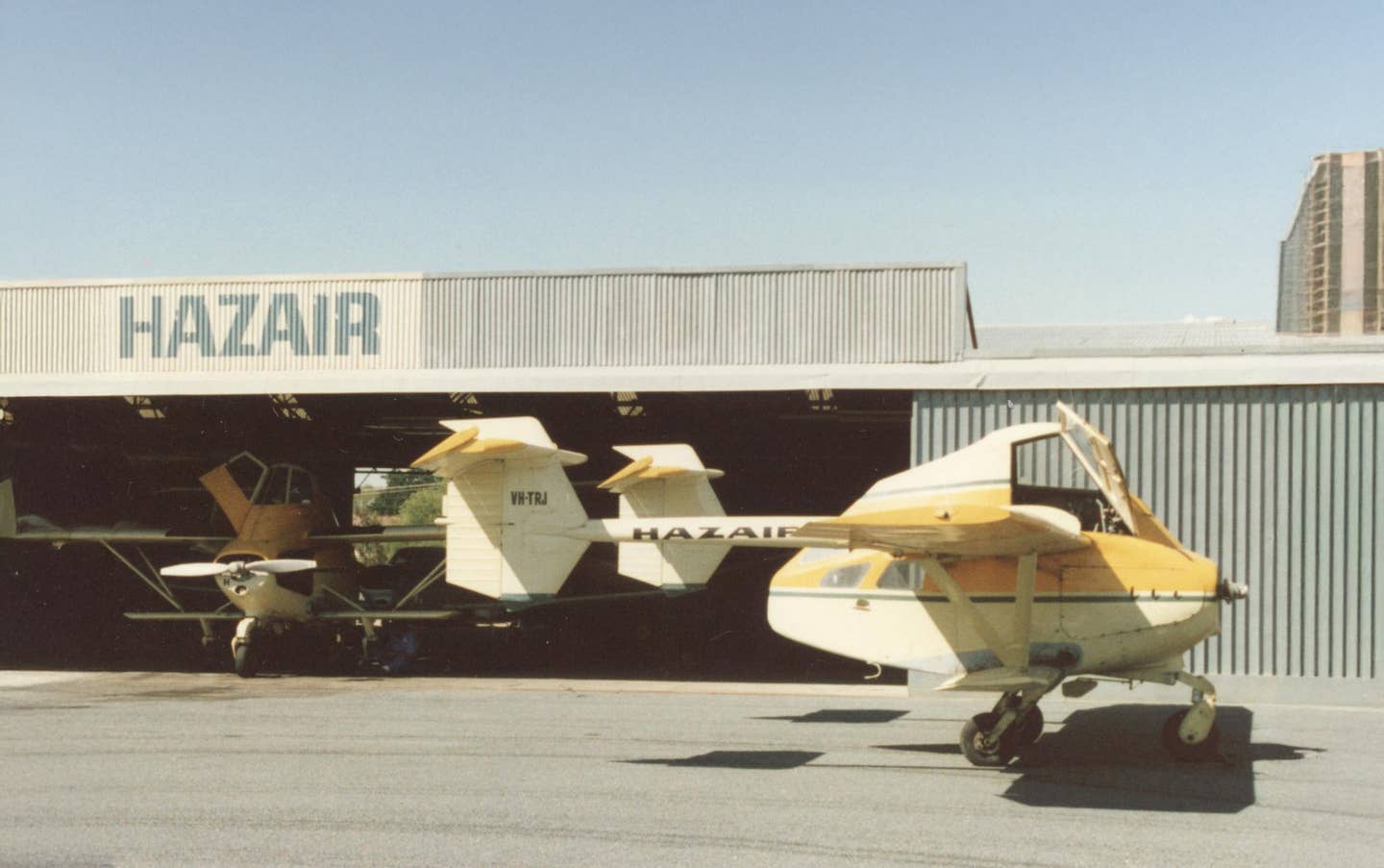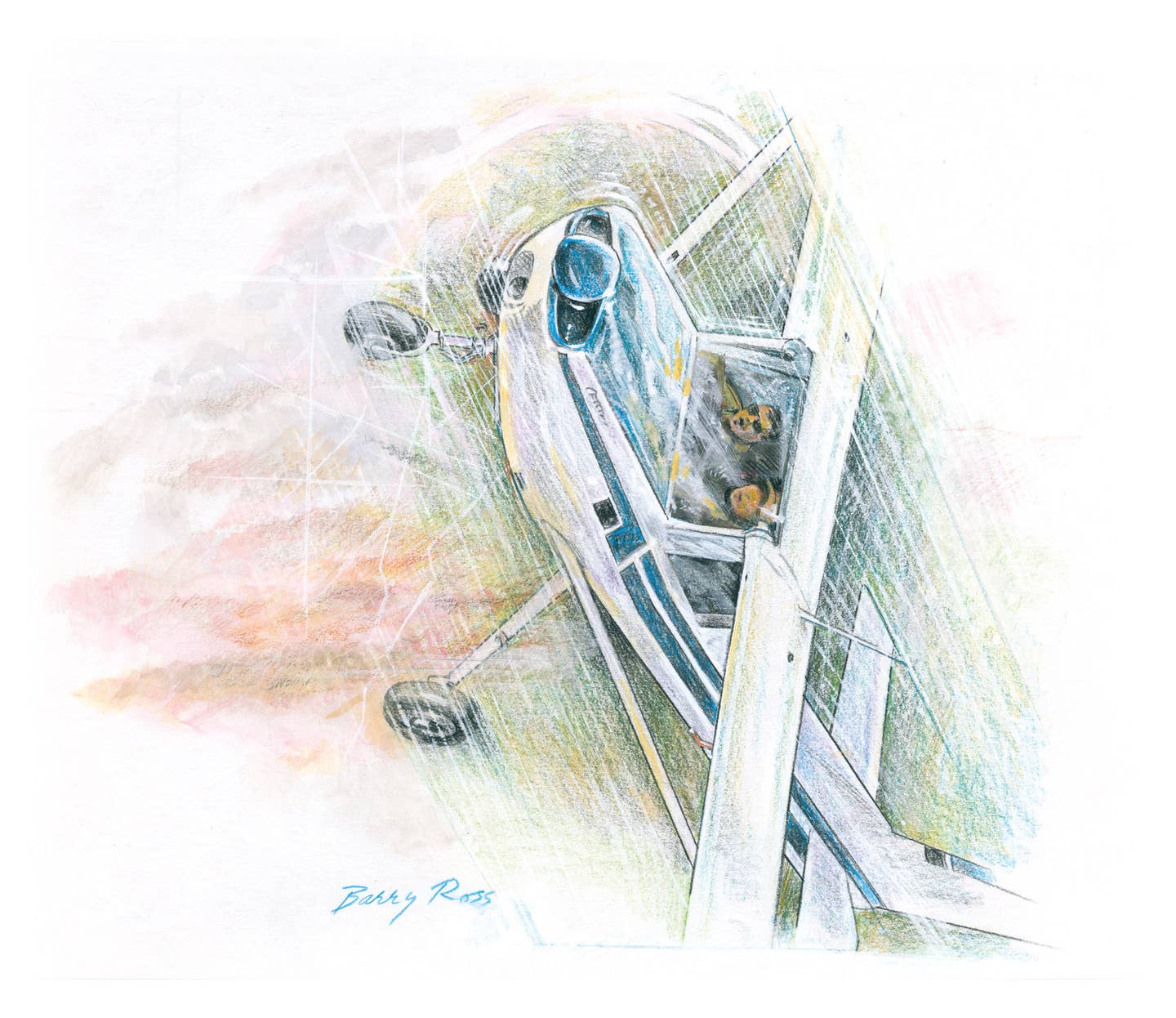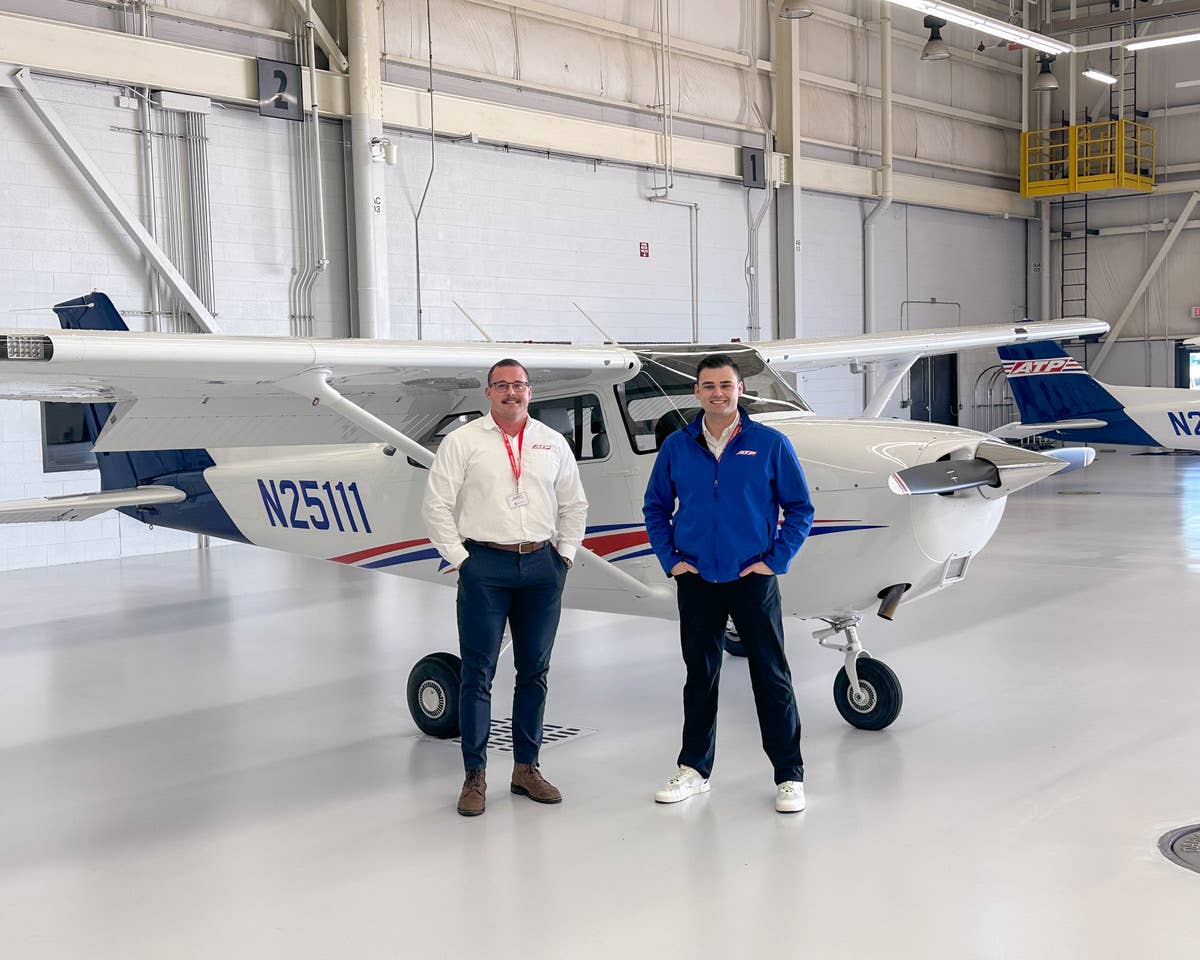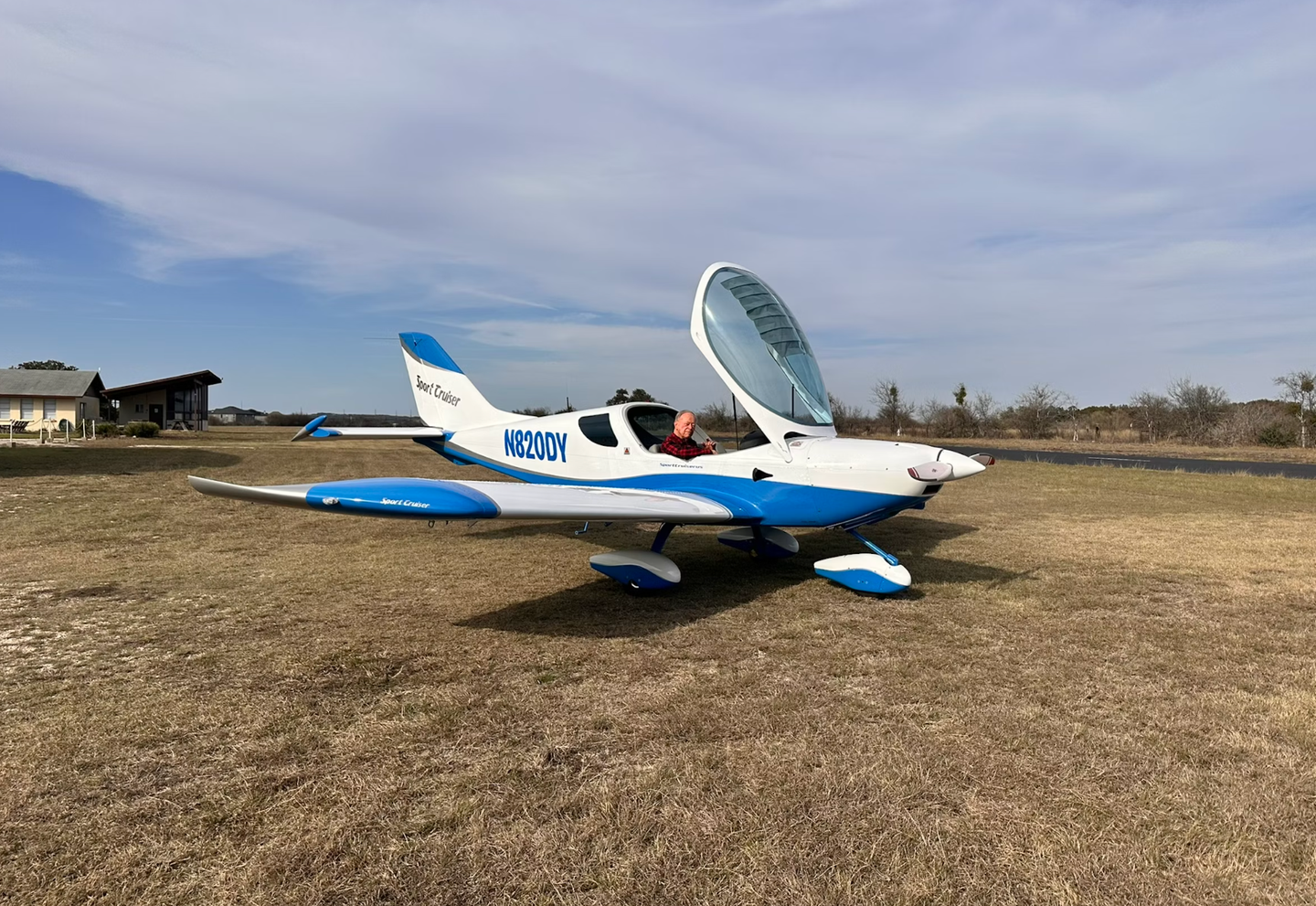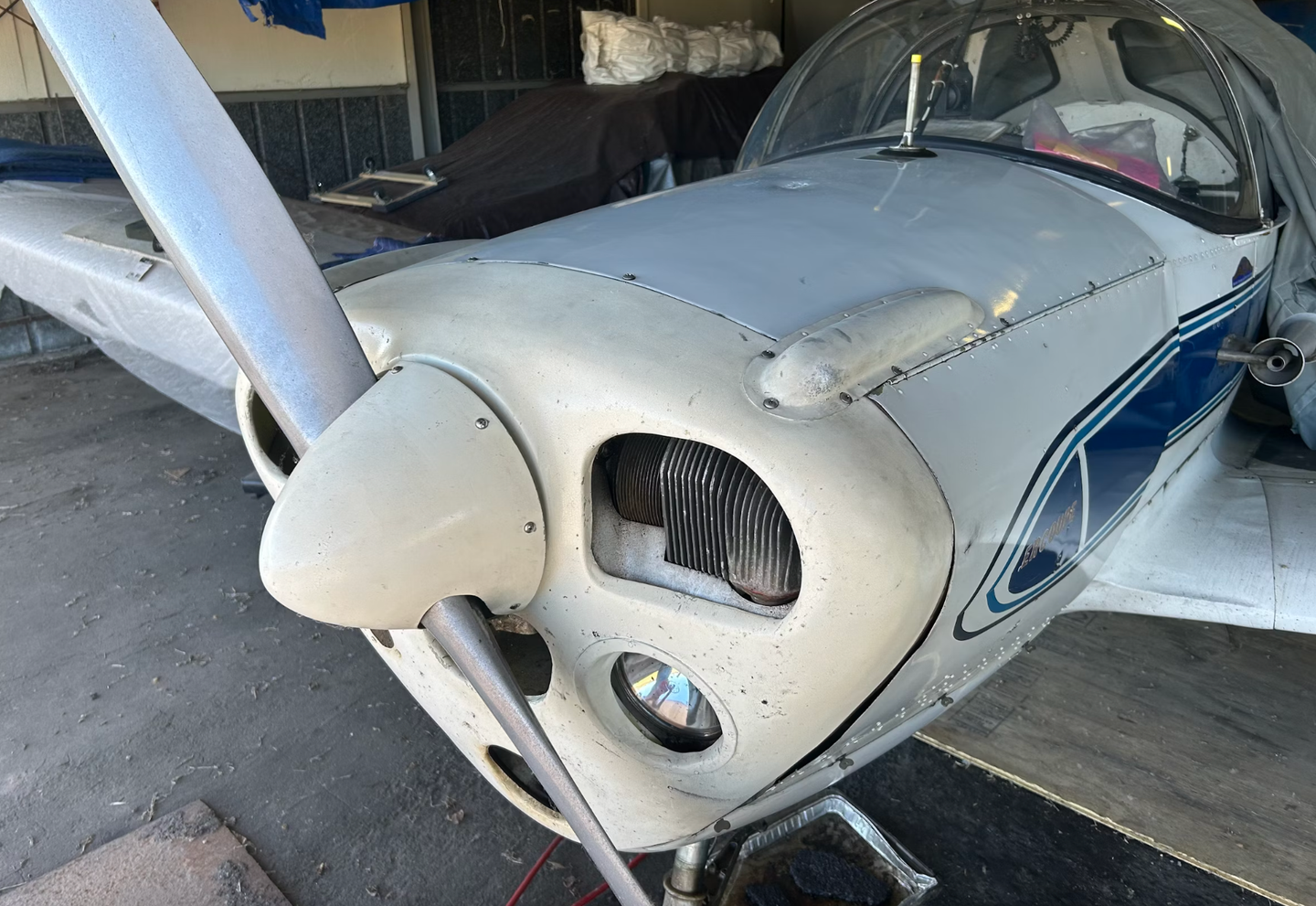Beechcraft V-35 V-Tail Bonanza
Some Bonanza fanatics think that there’s no such thing as a Bonanza without a V-tail. The original Bonanza was, indeed, a V-tail model. Introduced in 1947, it was light, fast, modern and…
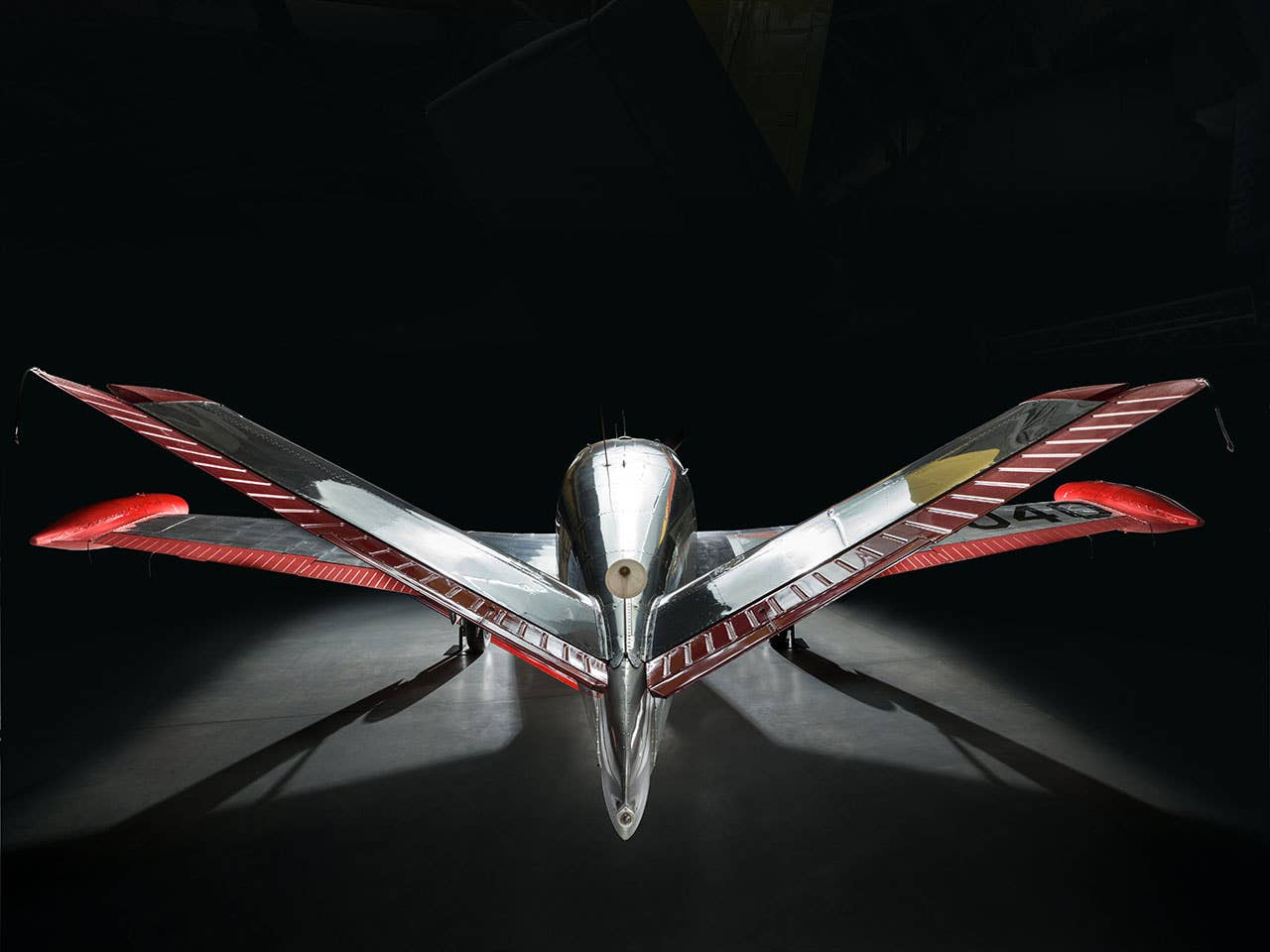
Photo By The Smithsonian National Air & Space Museum, Public Domain.
Some Bonanza fanatics think that there's no such thing as a Bonanza without a V-tail. The original Bonanza was, indeed, a V-tail model. Introduced in 1947, it was light, fast, modern and easy to fly and is arguably the most revolutionary light plane in aviation history. And for the next decade and a half, if you wanted a Beechcraft Bonanza (and we are not counting the Twin Bonanza), the V-tailed Model 35 was the sole menu item. Straight-tail "Bonanzas" started showing up in the early '60s, and there are so many arguments to be made as to why that configuration is an improvement over the V-tail. Models 33 and 36 are each more stable than the forked-tailed version. They have better safety records, there are fewer structural problems with their tails, and the tendency to Dutch roll is gone. But the V-35 is just so beautiful. It handles like a bobsled on a smooth and fast track, it's beautifully appointed and, from an aesthetic perspective, it's just the coolest. A real work of art in the hangar. But it hasn't been around since 1982, when the last one rolled off the line from Wichita's east-side airplane maker. Don't expect a resurrection anytime soon. Beech built an enormous amount of Bonanzas over the decades, more than 10,000, in fact, and many are still flying. But wouldn't a brand-new Bonanza be the best?

Subscribe to Our Newsletter
Get the latest Plane & Pilot Magazine stories delivered directly to your inbox

